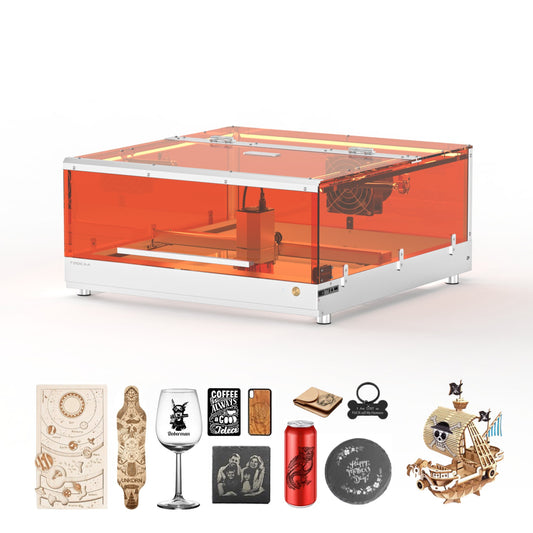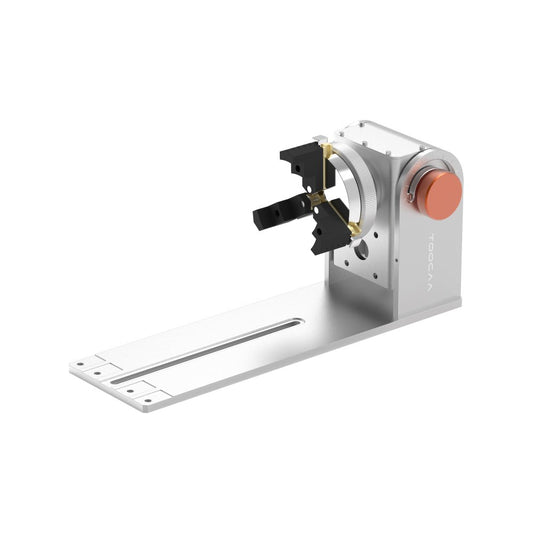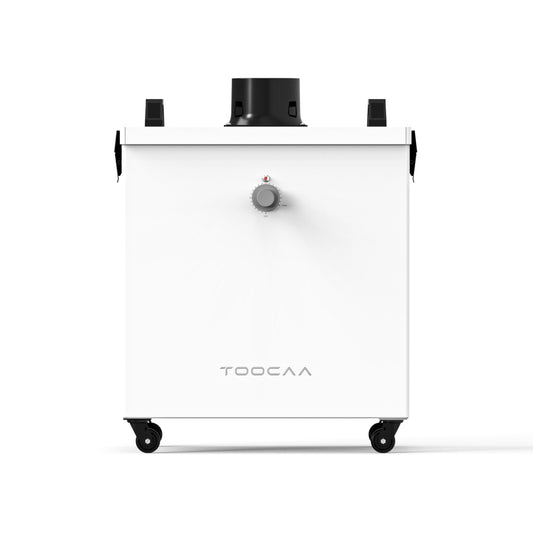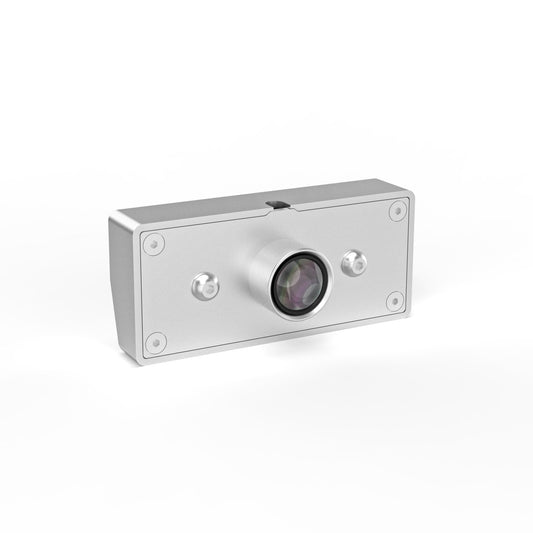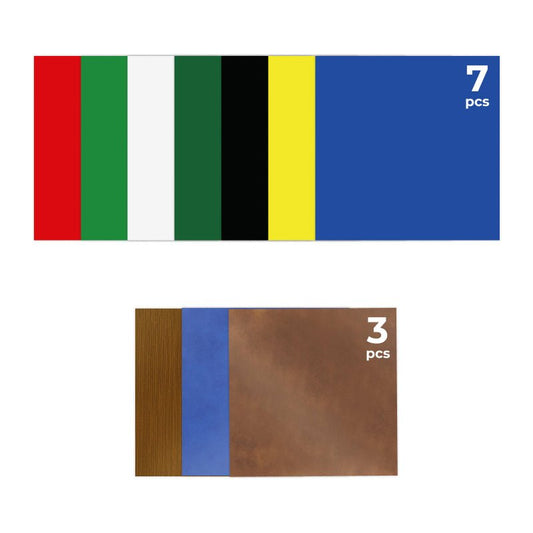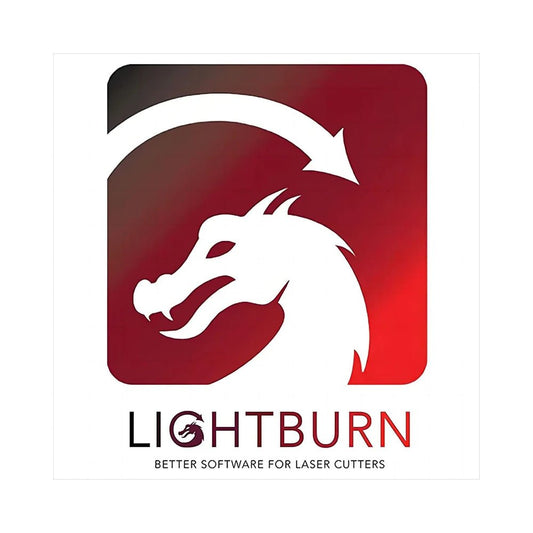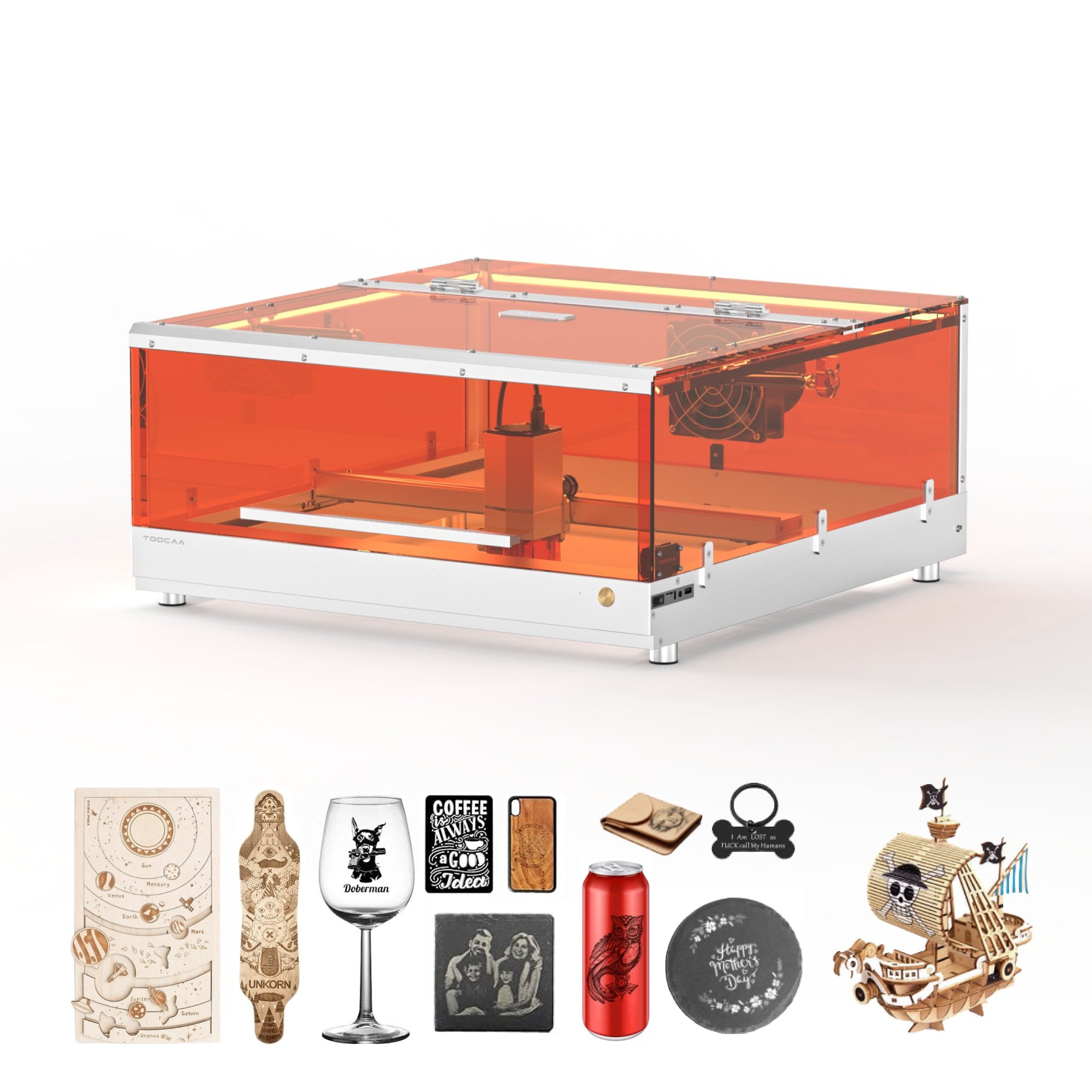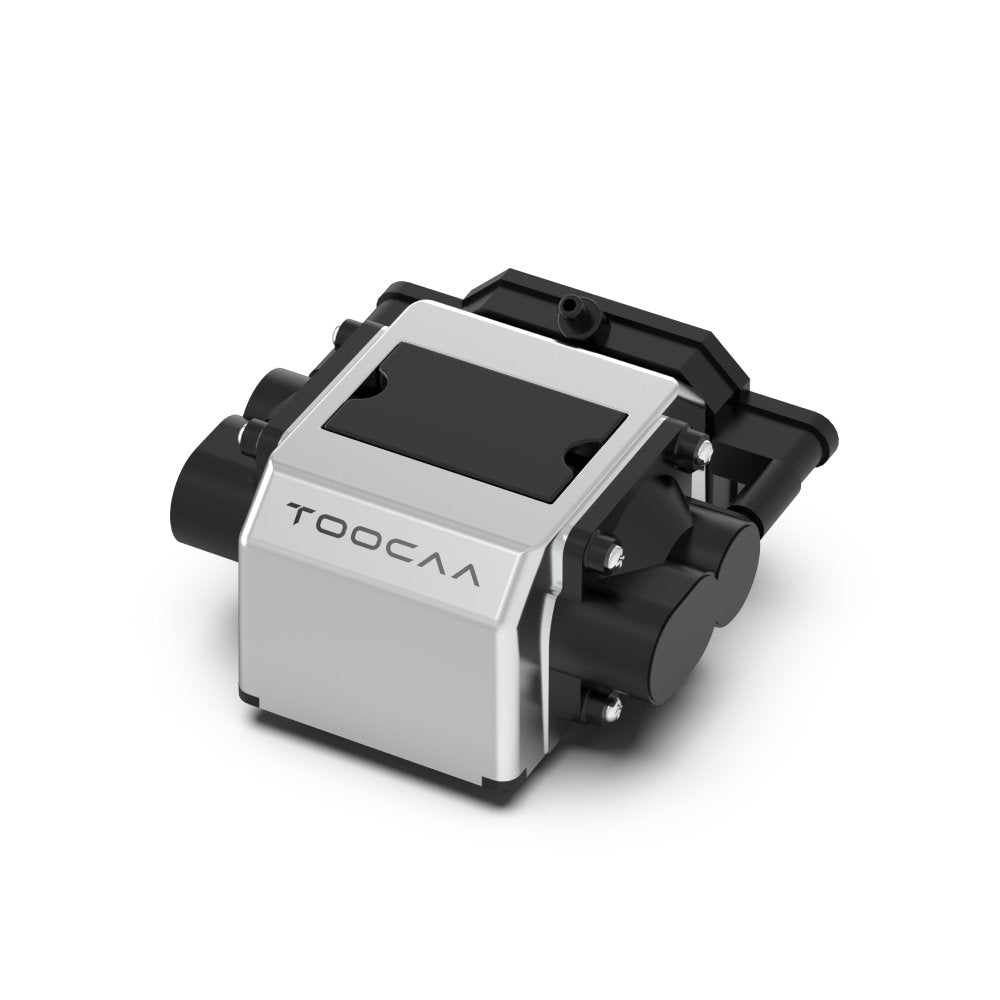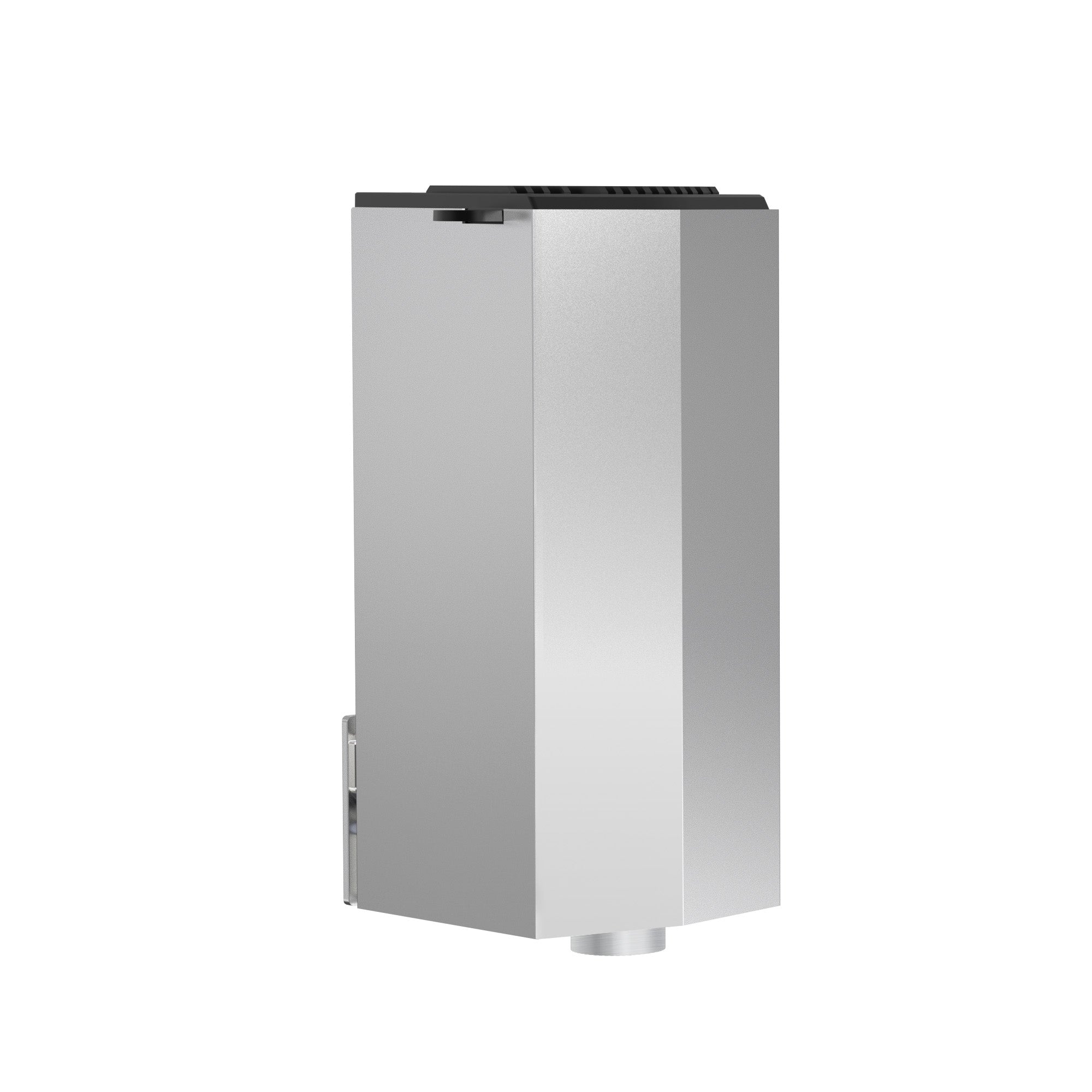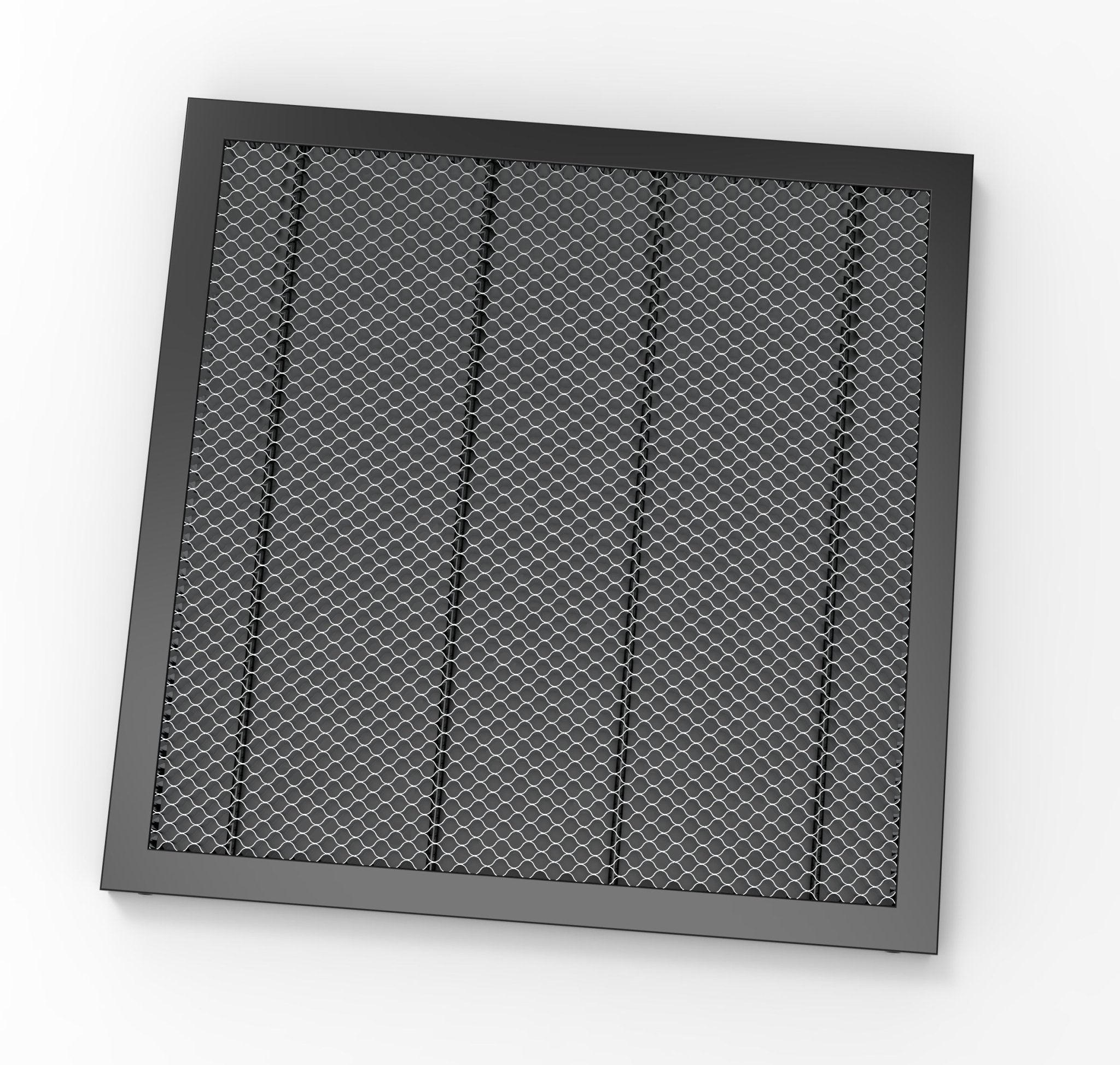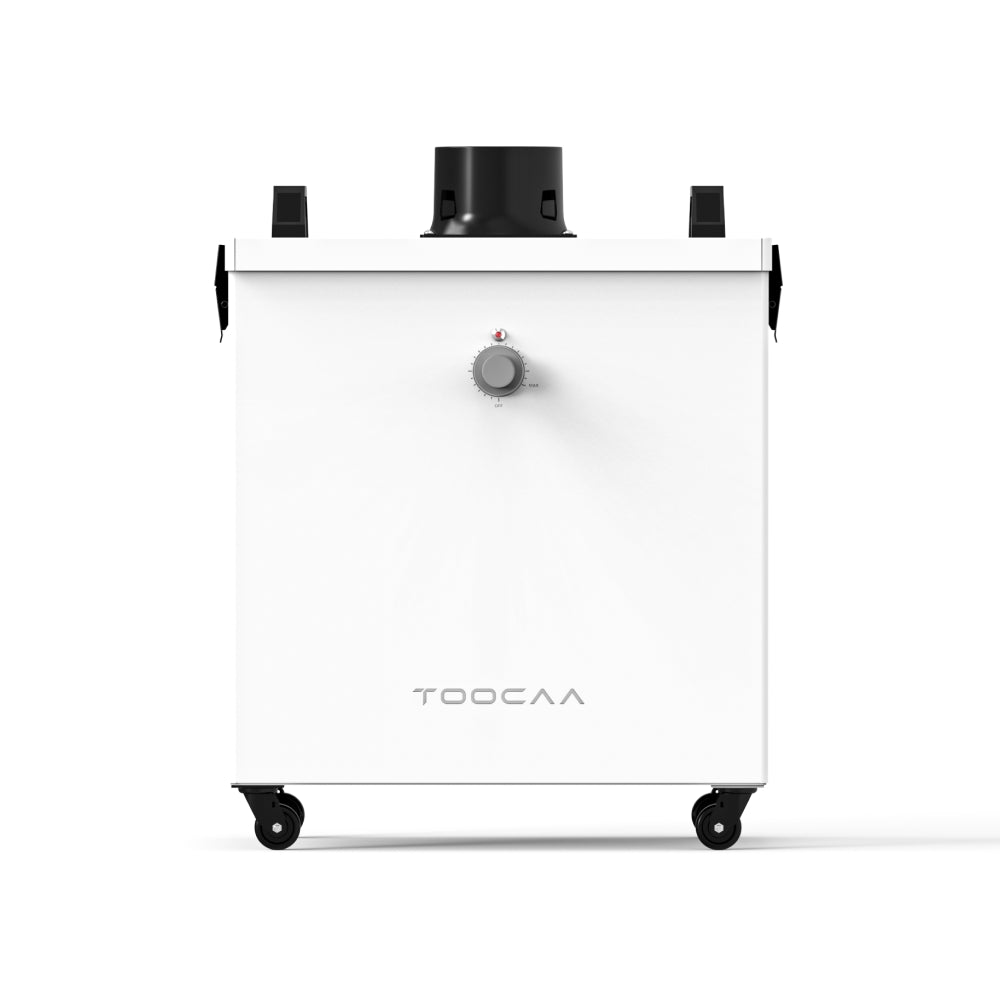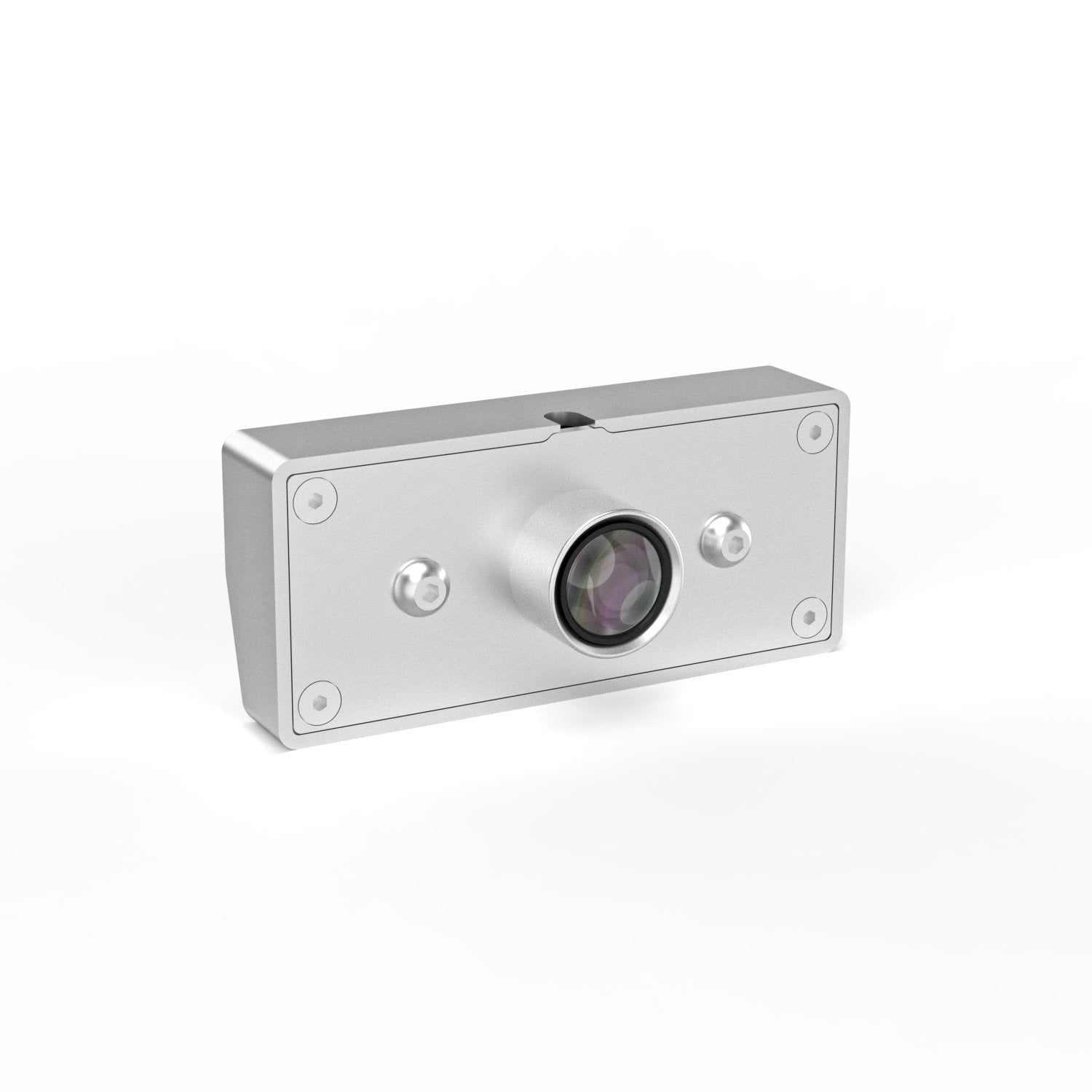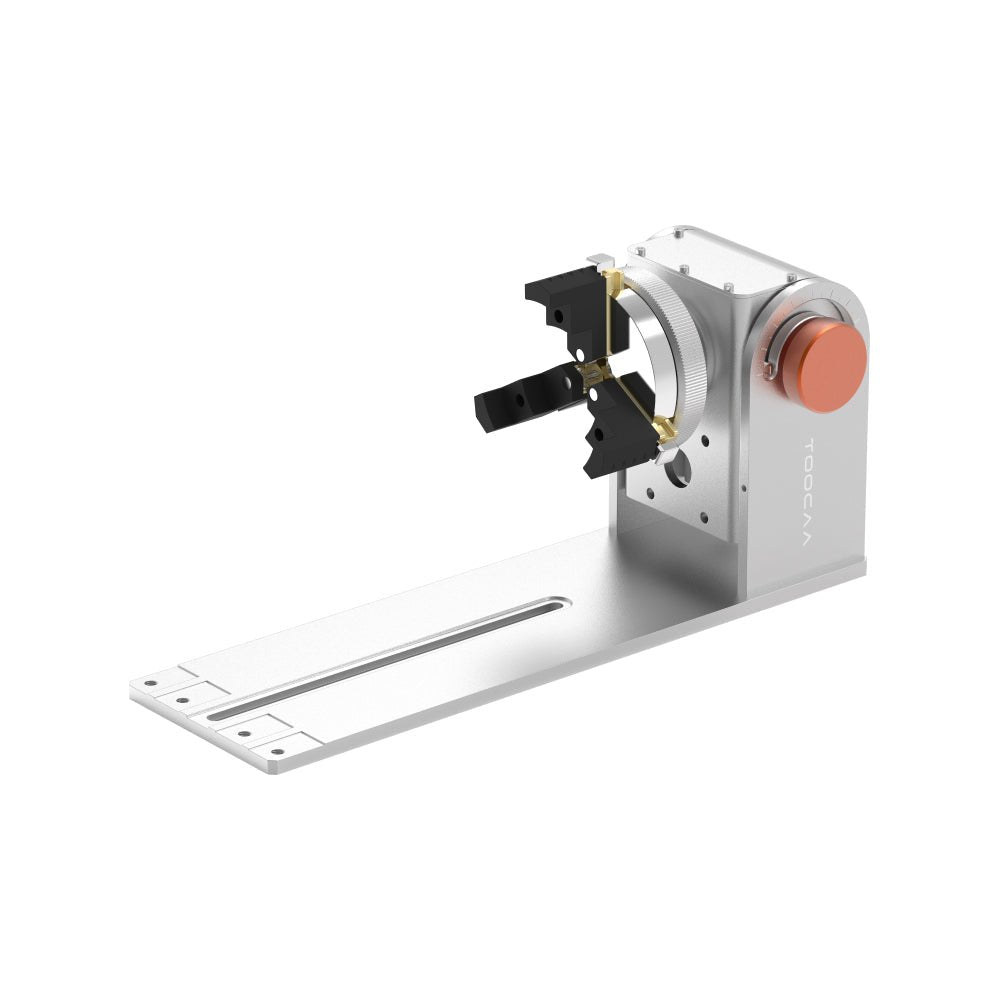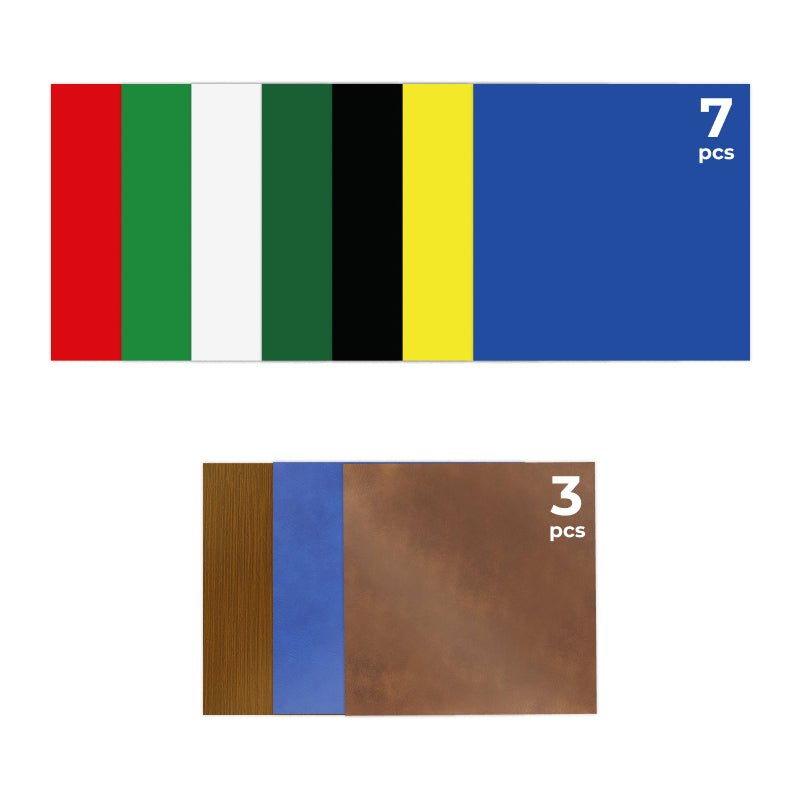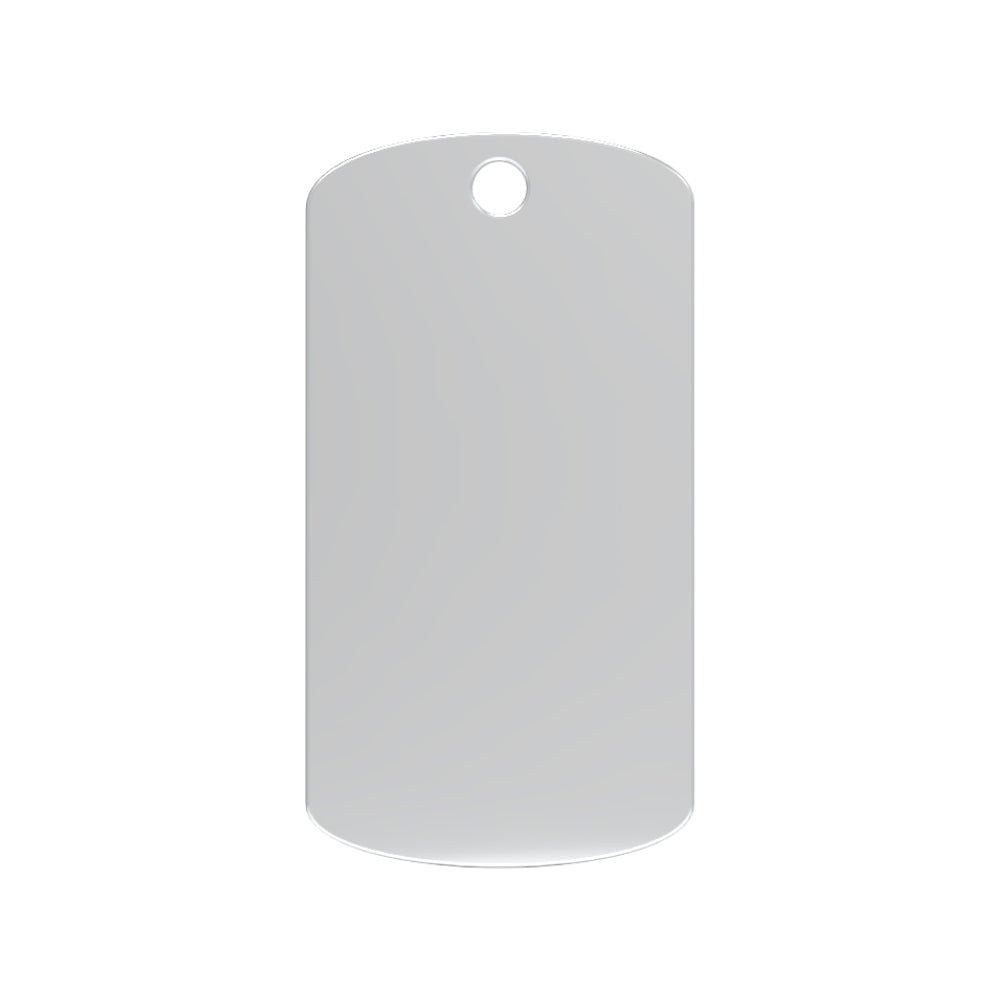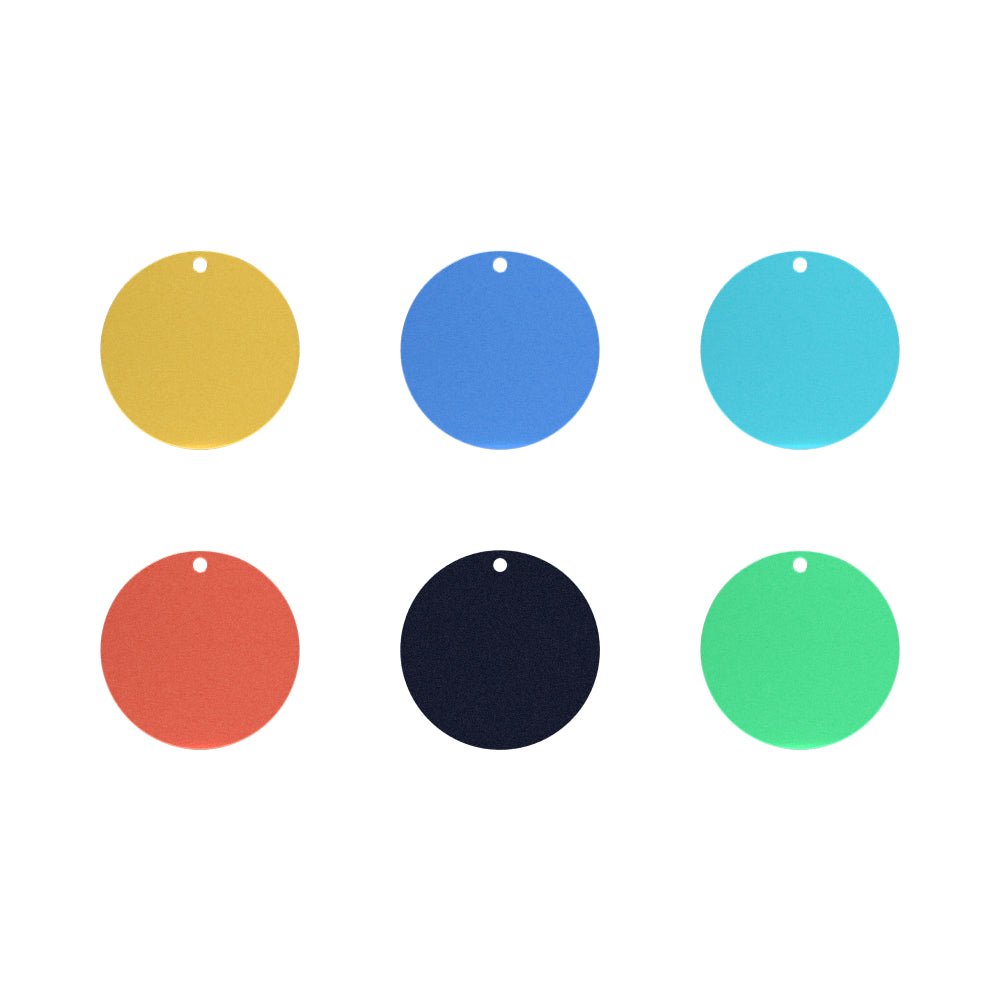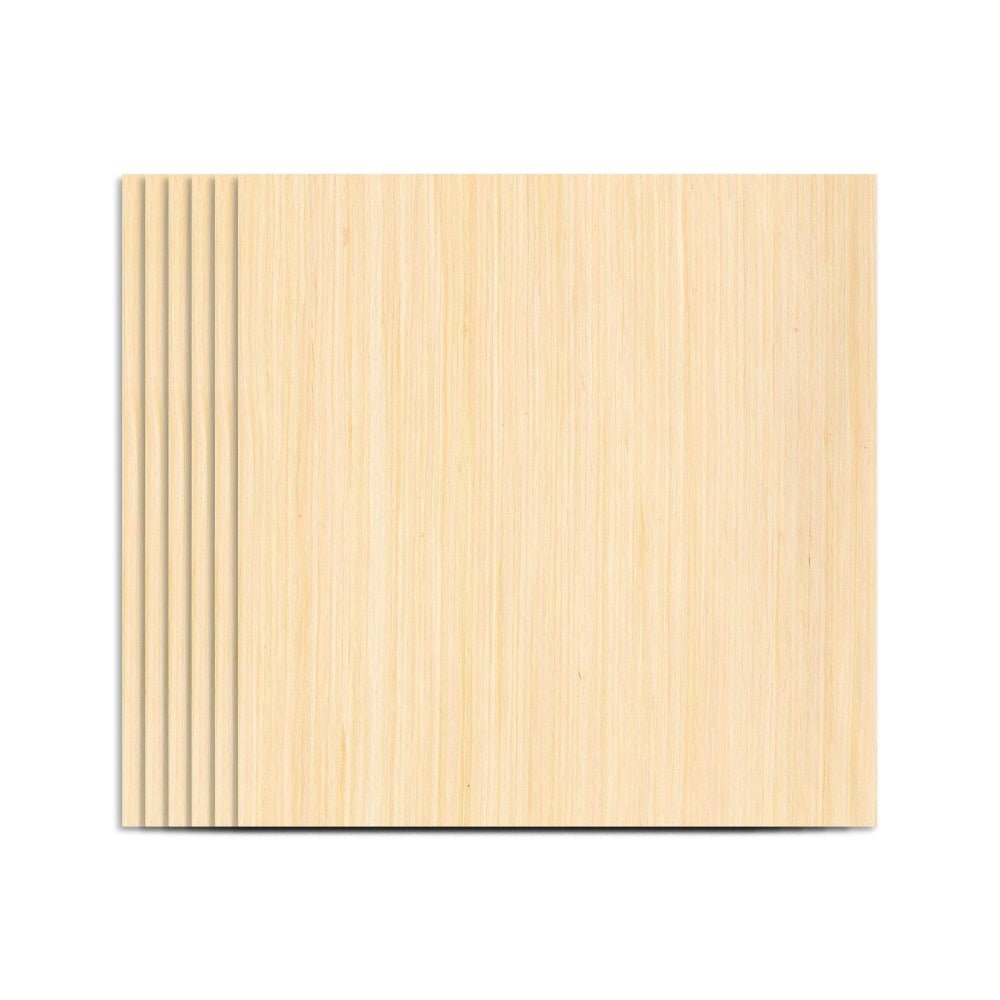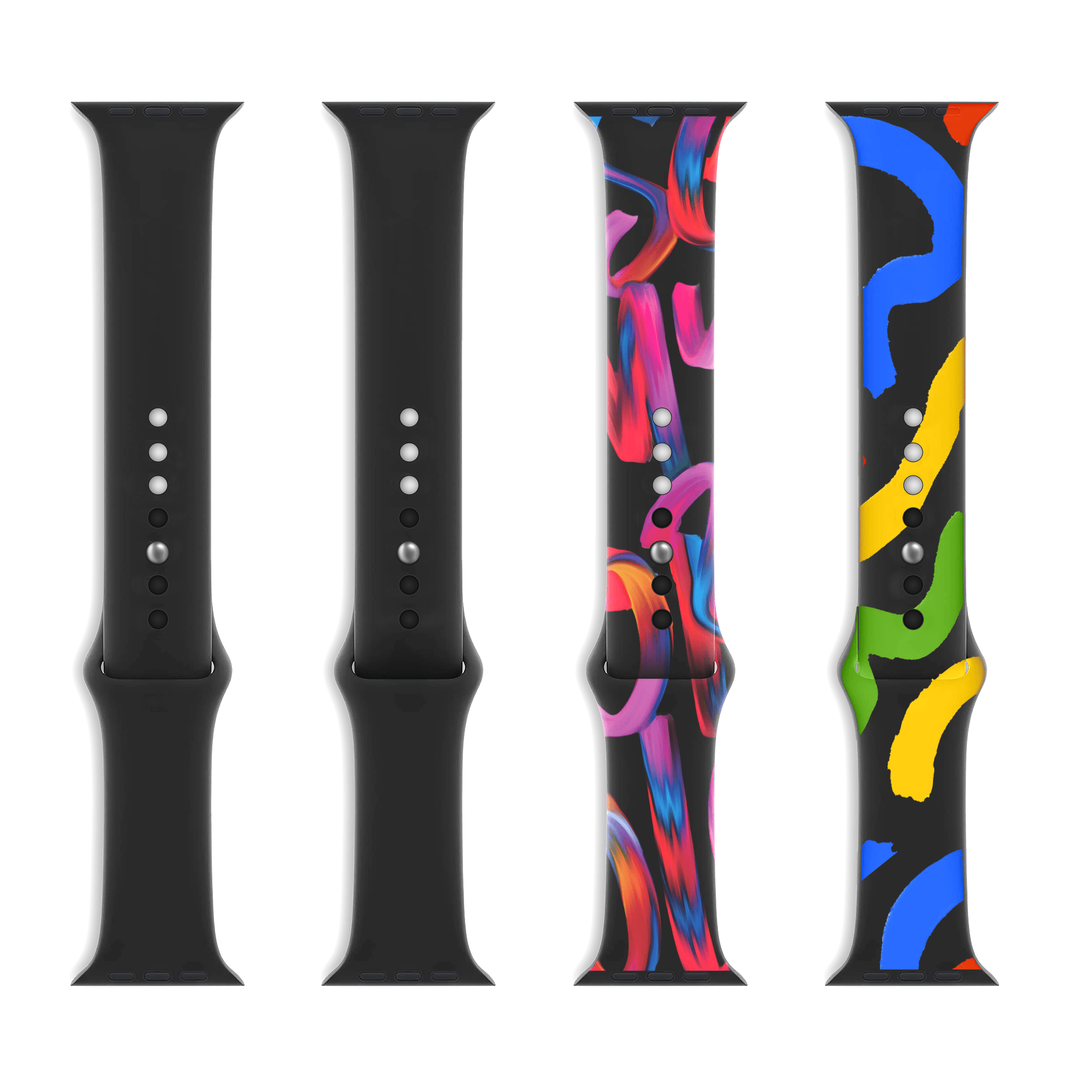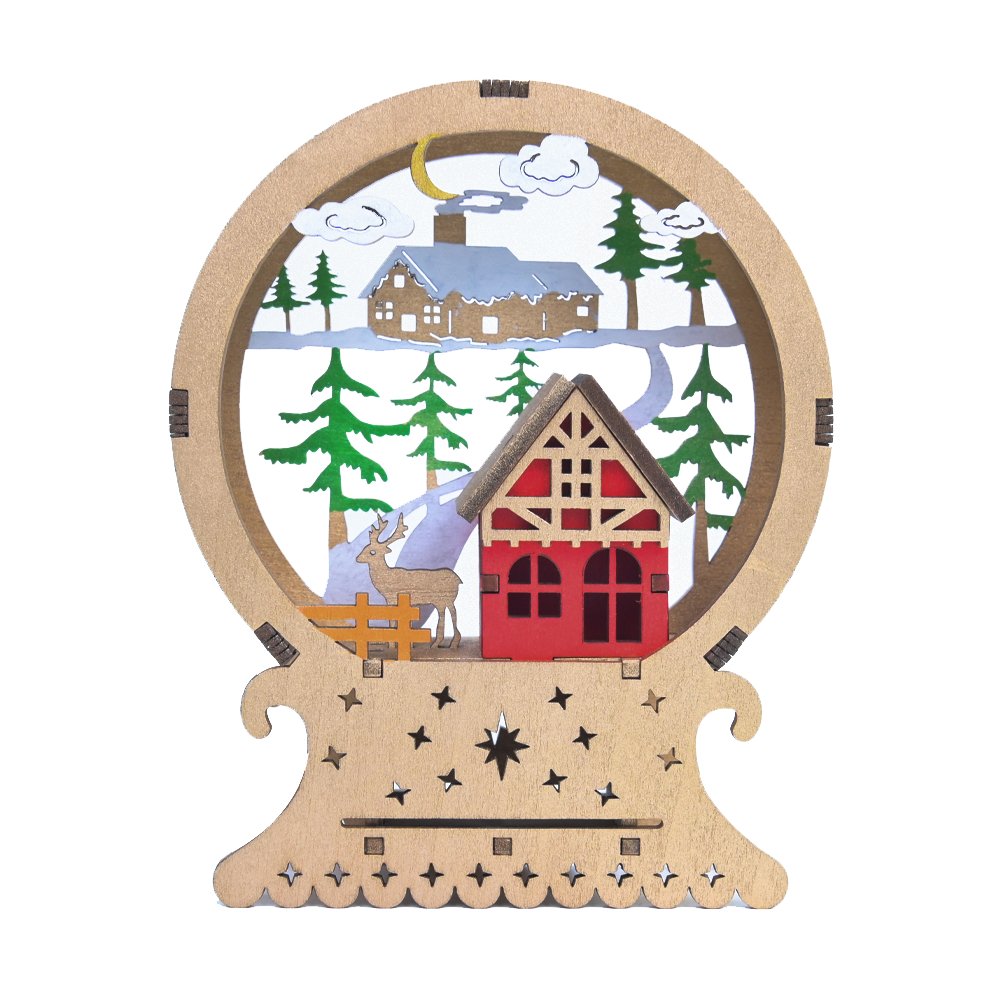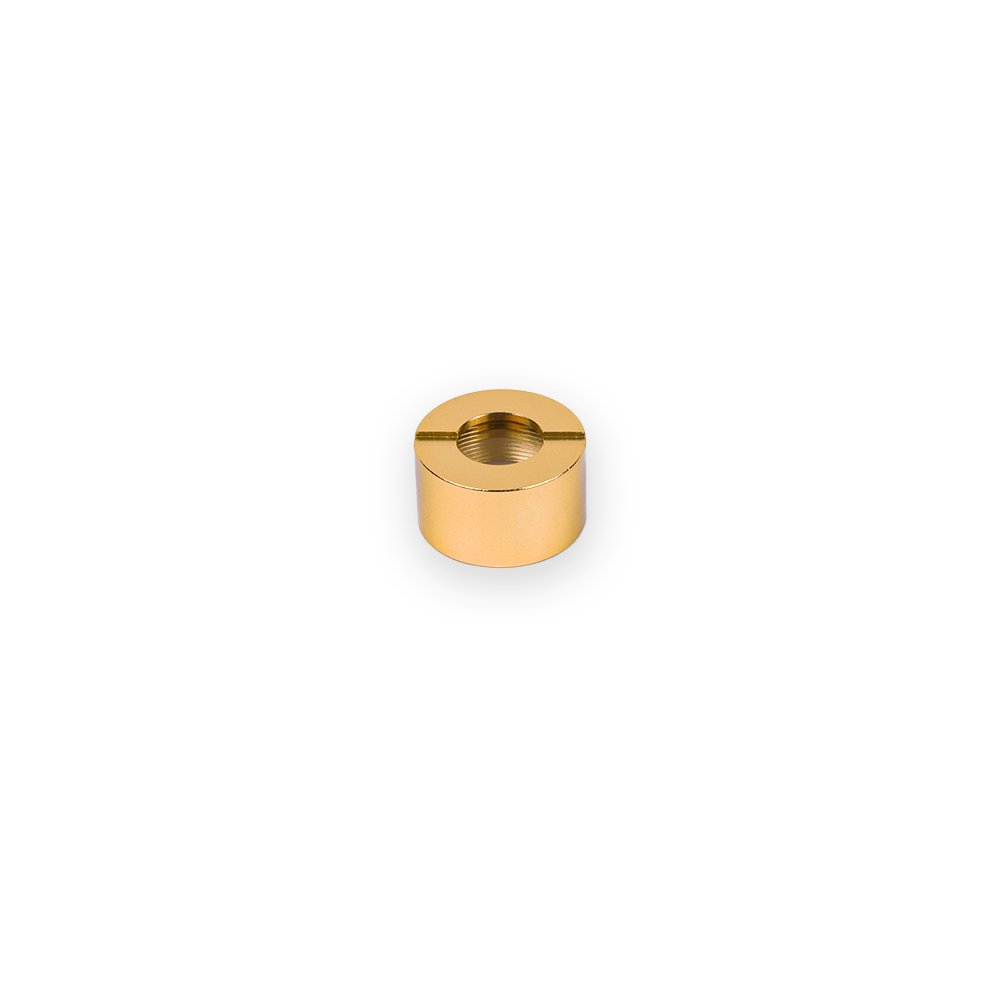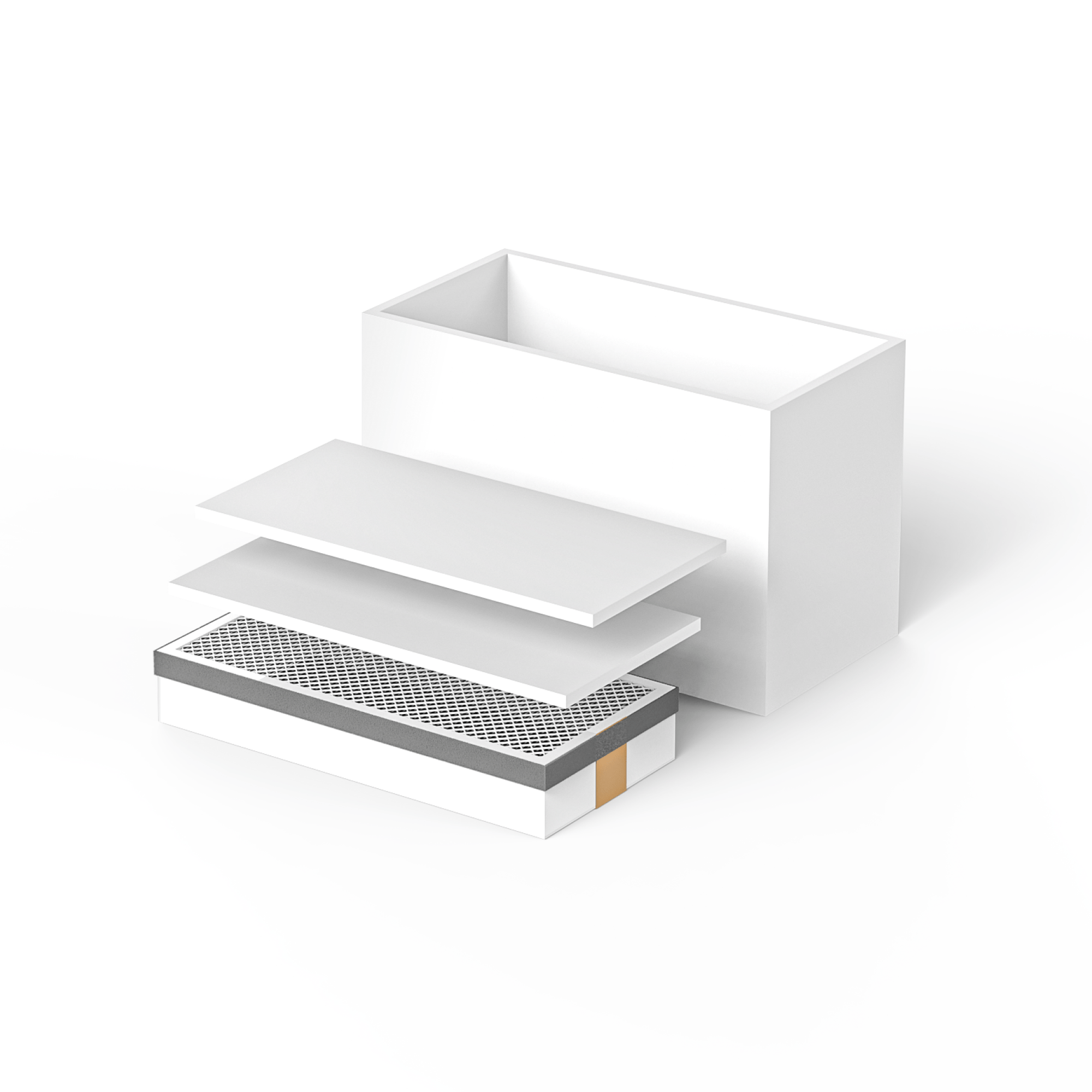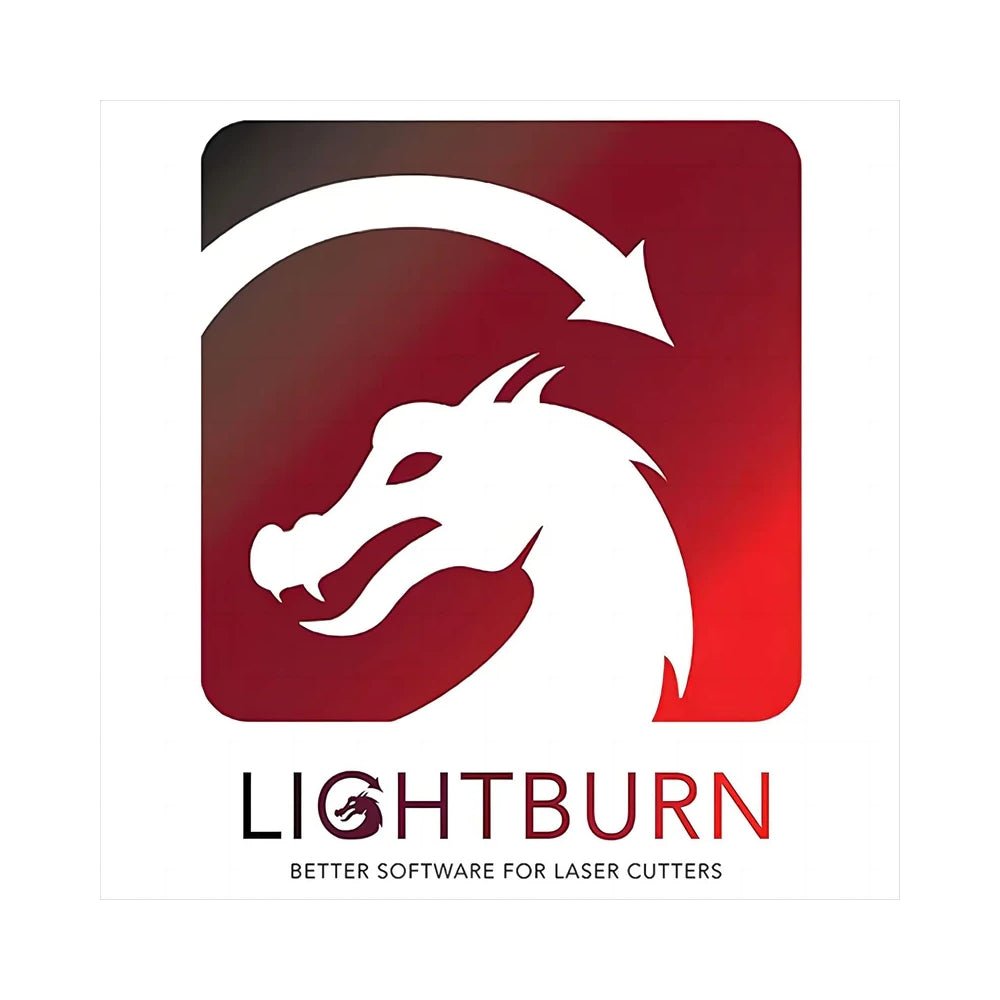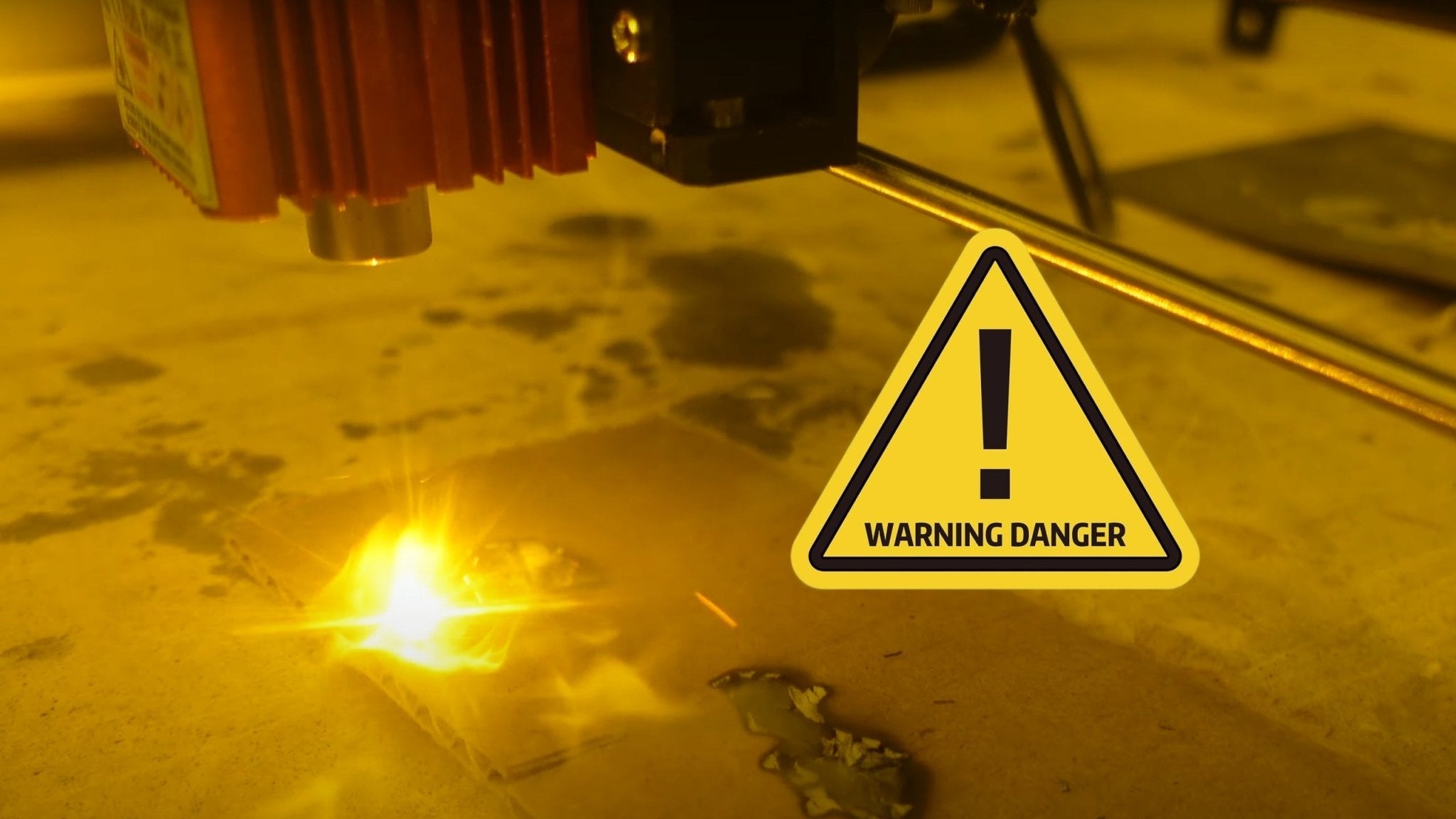Be cautiion with those materials
Warning: Since many materials are very dangerous when processed by laser, you need to be vigilant about processing them. Understand the hazards and please take precautions if necessary.
| Materials | Materials |
| PVC (polyvinyl chloride), vinyl, leather, artificial leather | Releasing pure chlorine gas when cutting! It is a kind of toxic gas with a strong irritating odor! Never cut this material as it can damage the optics, cause corrosion of the machine's metal and destroy the motion control system |
| ABS | Emits cyanide gas and tends to melt. ABS materials does not work well on laser cutters. It tends to melt rather than vaporize, and has a higher chance of catching fire and tends to leave a molten, sticky deposit. It cannot be engraved well (again, tends to melt) |
| HDPE | Melting and fire possibility |
| Polystyrene foam | Melting and fire possibility |
| Polypropylene foam | Melting and fire possibility |
| Polycarbonate, emulsion paint | Discoloration, fire |
| Coated carbon fiber | Produces harmful gases |
| Acrylic | Produces harmful gases |
Warning: Do not process materials with mirrored surfaces, reflected lasers are very dangerous and can damage people and machines.
- Safety materials
Lasers can cut materials such as wood, paper, cork and certain types of plastics and can engrave on most objects such as: wood, paper, coated metals, stainless steel, plastics, marble, stone, tile, glass, etc.
- Cutting
| Materials | Tips | Warning |
| Most wood | Avoid oil-based, resinous woods | Be very careful when cutting oily wood or wood with a high resin content, as there is a high risk of fire. |
| Plywood, composite wood | Contains glue, may not be as good as tangible wood | |
| MDF, engineered wood | These can be cut, but may show more scorch marks | |
| Paper, cardboard | Cuts very well and very fast | |
| Cardboard, corrugated board | Good cutting effect, but may catch fire | Attention to fire prevention, need to always pay attention to the cutting process |
| Cork wood | The cutting effect is good, but the cutting quality depends on the thickness and quality of the cork. If it contains too much glue, it may not be cut well | Avoid using thicker cork |
| Polycarbonate | Very thin polycarbonate can be cut, but tends to discolor badly | Pay attention to smoke evacuation and fire prevention |
| Depron foam | Used in large quantities for business hobbies, RC aircraft, construction models and toys, neatly cut with smooth edges | Need to keep an eye on the cutting process |
| Cloth, felt, linen, cotton, leather | The thinner ones can be cut, but the high temperature causes scorch marks on the edges |
- Engraving
All of the above cuttable materials can be engraved. In addition, you can engrave the following materials.
|
Materials
|
Tips | |
| Tile | Generating Soot | |
| Anodized aluminum | Vaporize the anodized layer | |
| Paint, coated metal | Vaporize the paint layer | |
| Stainless steel | Burning stainless steel surface layer to cause discoloration | |
|
Generate soot, get white texture when carving |
